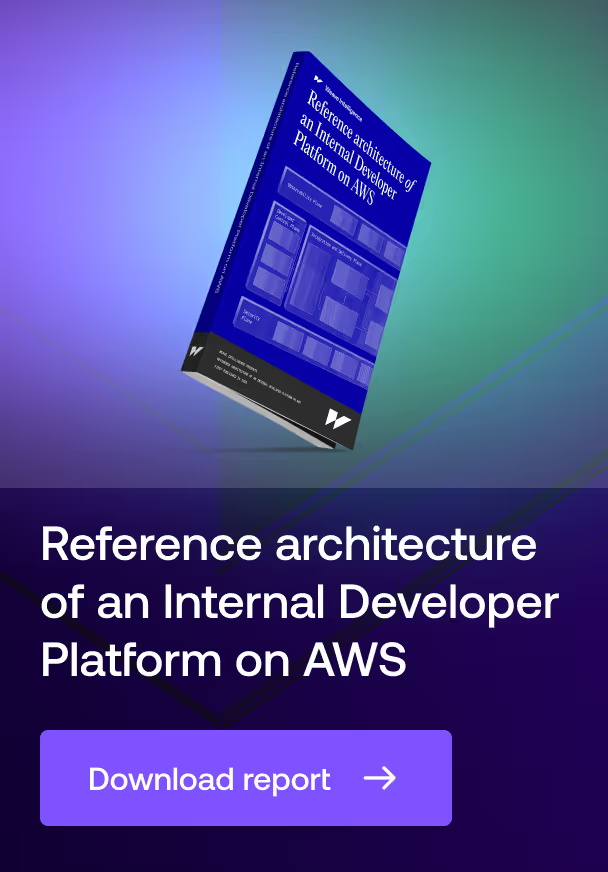Profile
Apache ActiveMQ is an enterprise-grade message broker and integration patterns server that implements the Java Message Service (JMS) specification. As one of the most widely adopted open-source message brokers, it provides a robust platform for asynchronous communication between distributed applications. The project offers two distinct implementations: ActiveMQ Classic, known for its stability and extensive production history, and ActiveMQ Artemis, featuring a high-performance non-blocking architecture. Its primary value lies in enabling reliable message-oriented middleware capabilities while supporting multiple protocols and deployment patterns.
Focus
ActiveMQ addresses fundamental challenges in distributed systems communication by providing reliable message delivery, decoupled integration, and scalable message routing. The broker handles message persistence, guaranteed delivery, and complex routing patterns while enabling applications to communicate asynchronously across different technologies and protocols. It serves organizations requiring enterprise messaging capabilities, particularly in scenarios demanding high reliability, transactional integrity, and flexible deployment options. The platform particularly benefits systems requiring sophisticated message routing, cross-protocol communication, and guaranteed message delivery.
Background
The project originated as an open-source JMS implementation under the Apache Software Foundation, becoming a top-level project in 2007. A significant evolution occurred when Red Hat donated the HornetQ codebase in 2014, which became ActiveMQ Artemis. The software has proven its reliability in mission-critical deployments across financial services, manufacturing, and telecommunications sectors. The Apache Software Foundation governs the project through a Project Management Committee, ensuring vendor-neutral development and maintaining the software's open-source nature under the Apache License 2.0.
Main features
Message persistence and guaranteed delivery system
The broker implements a sophisticated store-and-forward mechanism that ensures reliable message delivery even during system failures. Messages are persisted to durable storage using either KahaDB (a custom file-based database optimized for message broker workloads) or JDBC for database storage. The system supports both synchronous and asynchronous persistence modes, allowing organizations to balance performance against reliability requirements. This architecture enables critical use cases like financial transaction processing and healthcare information exchange where message loss is unacceptable.
Protocol-agnostic message routing and distribution
ActiveMQ provides comprehensive support for multiple messaging protocols including JMS, AMQP, MQTT, and STOMP through a unified routing architecture. The system can route messages between different protocols transparently, enabling heterogeneous system integration without custom translation layers. The broker supports both point-to-point and publish-subscribe patterns, with sophisticated routing capabilities including message groups, virtual destinations, and composite destinations. This enables complex enterprise integration scenarios while maintaining protocol-native semantics for each client.
High availability and clustering framework
The platform offers multiple approaches to achieving high availability and horizontal scalability. Network of brokers functionality enables message routing across distributed broker instances, while master-slave configurations provide failover capabilities. The system supports both shared storage and replication-based high availability models, with automatic failover handling and client connection recovery. This architecture has been proven in demanding environments like public transit systems and financial trading platforms where continuous operation is essential.






